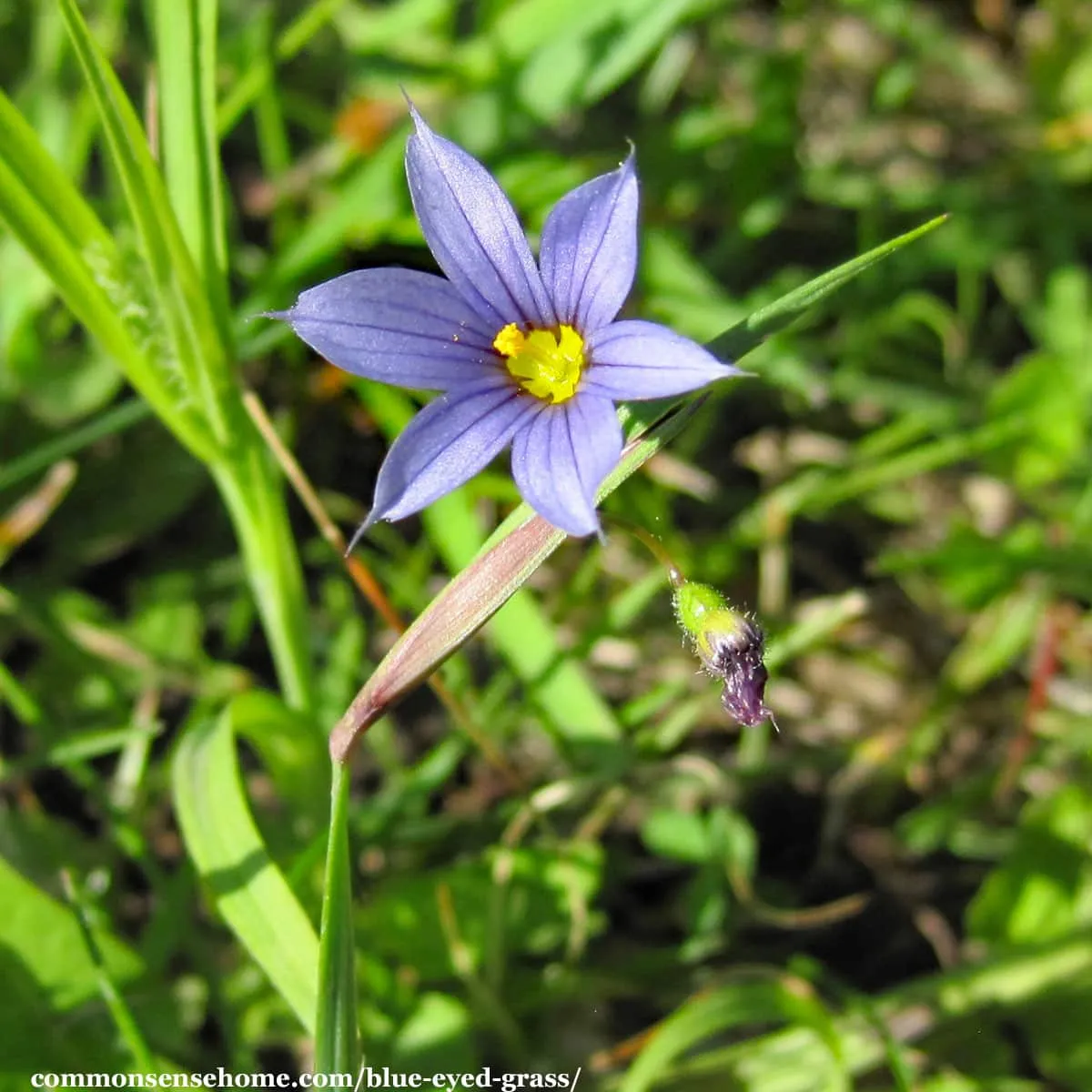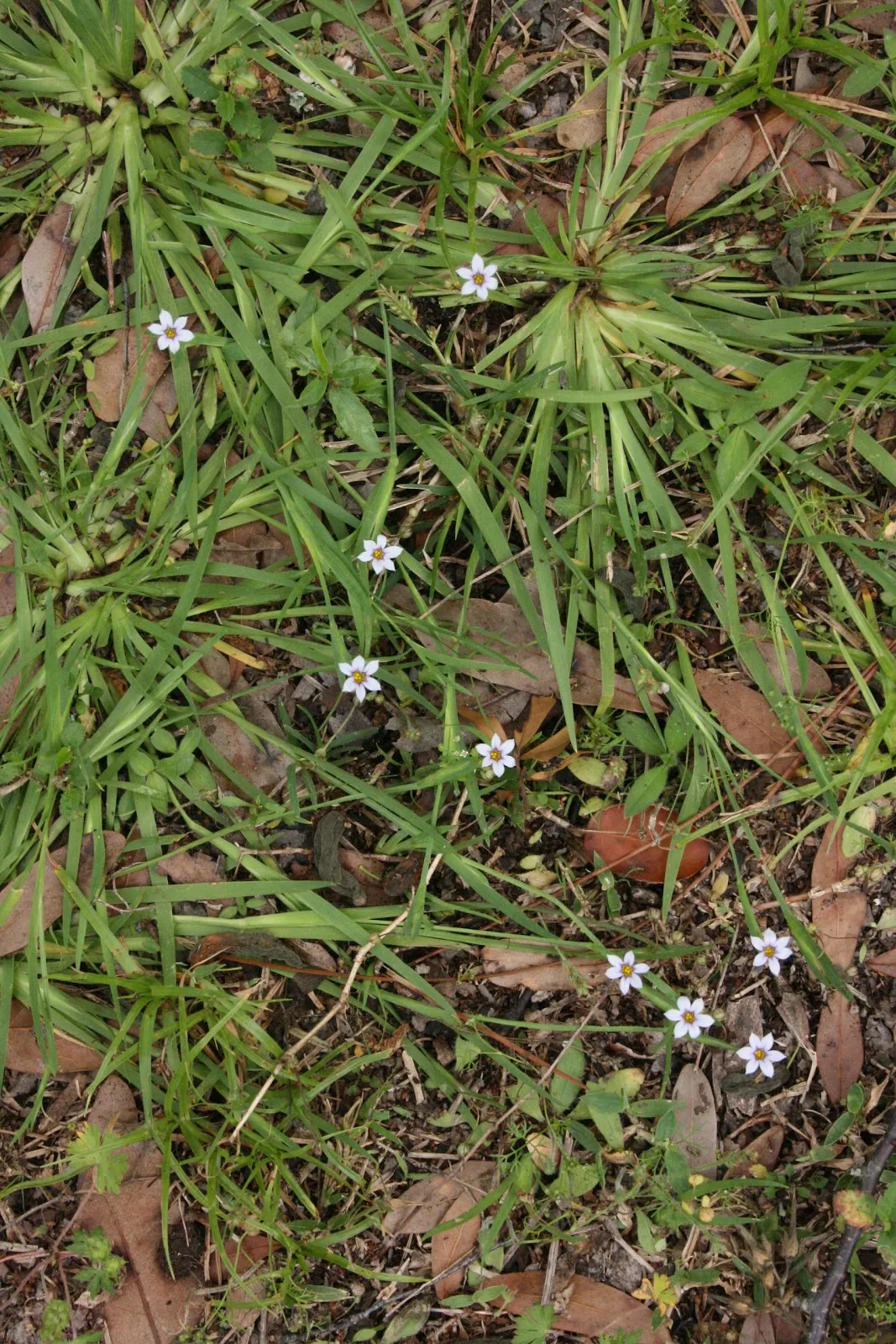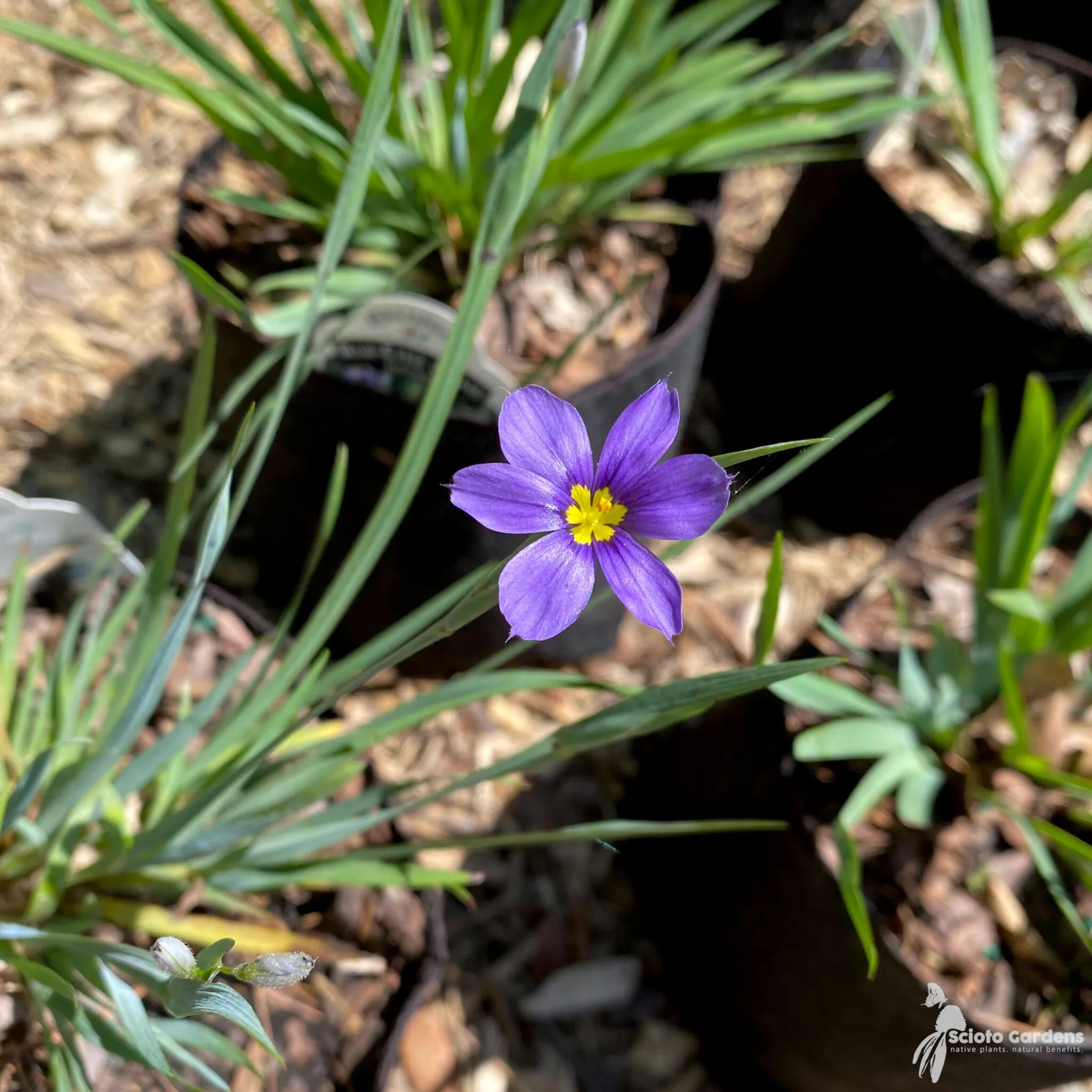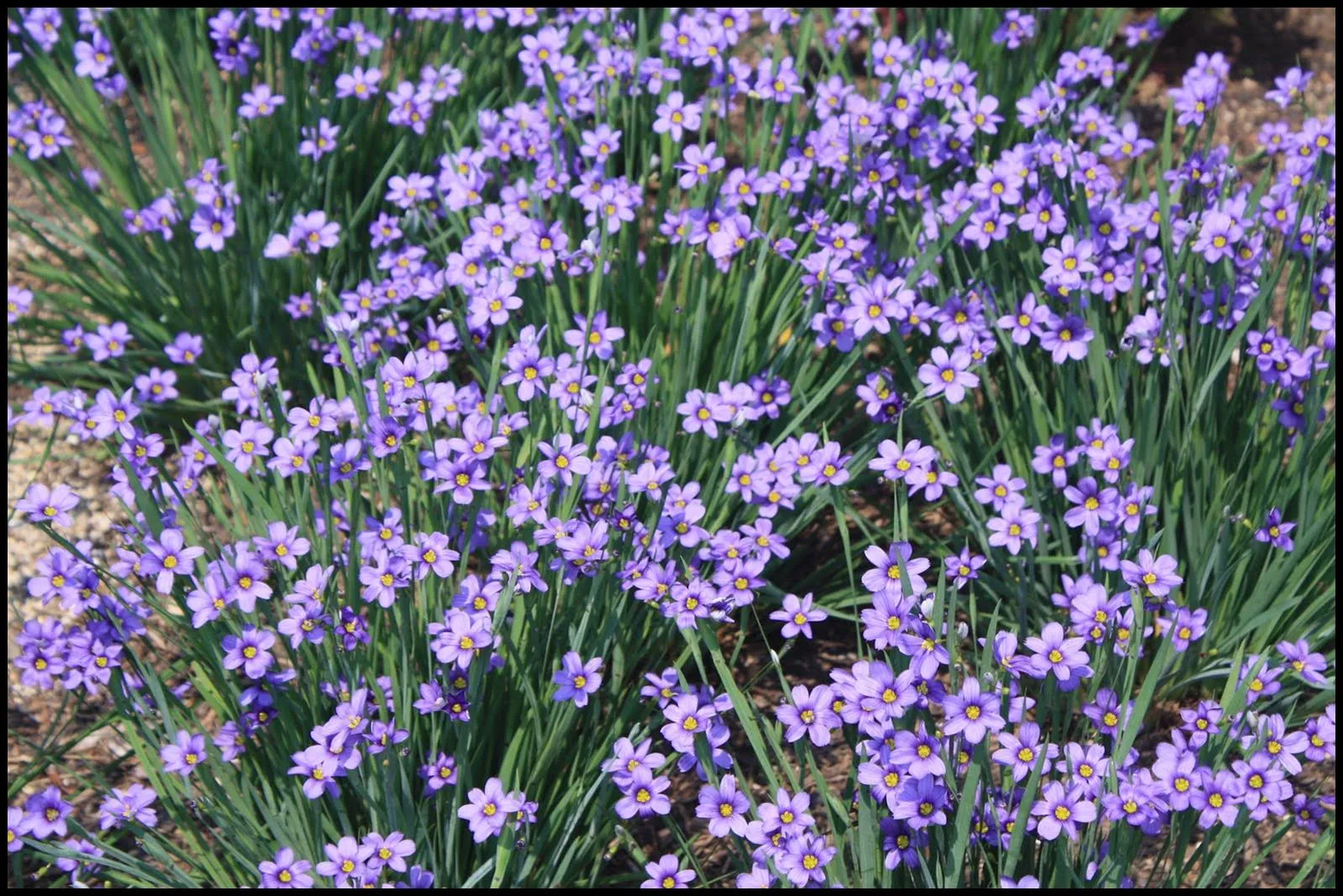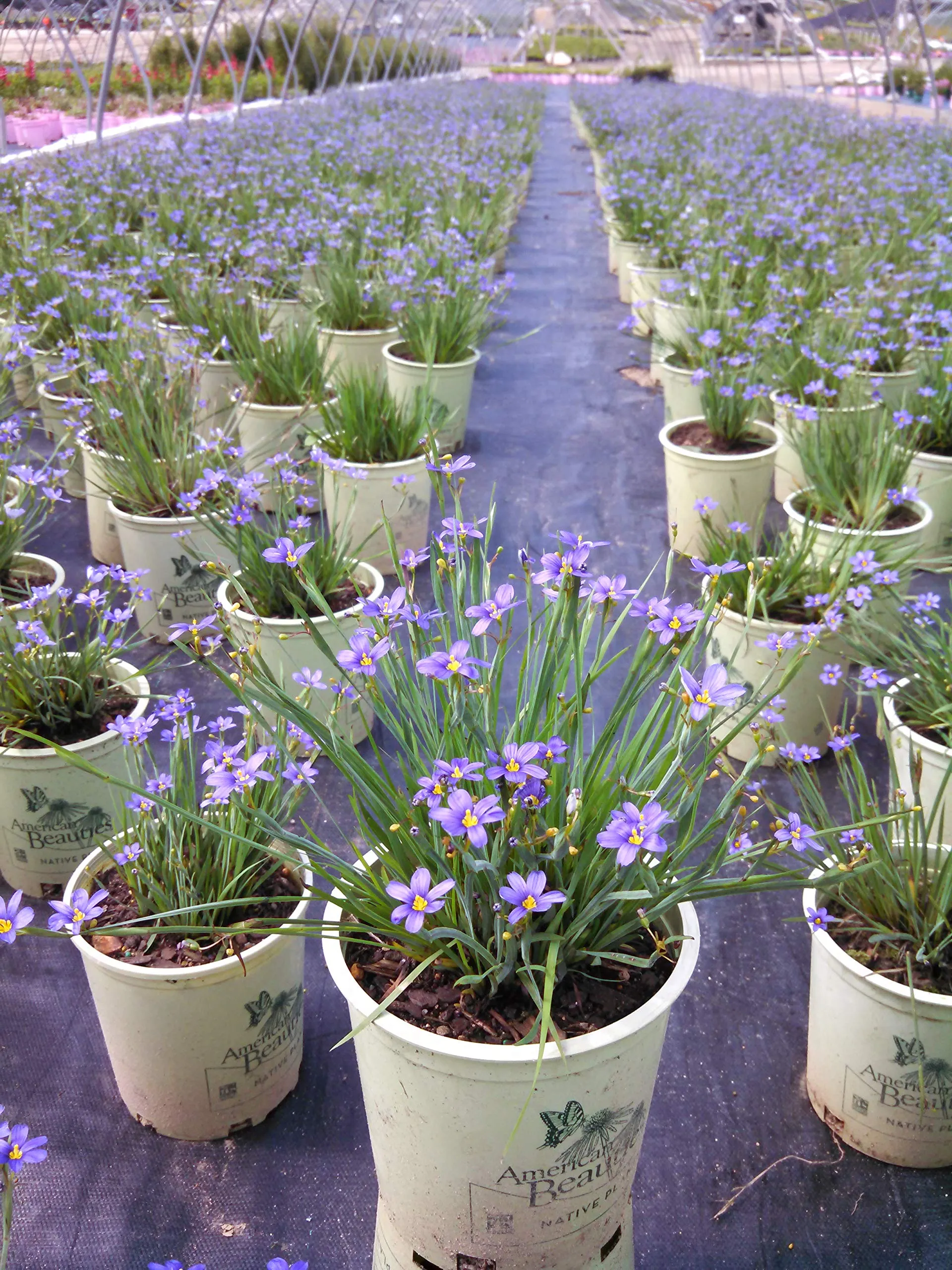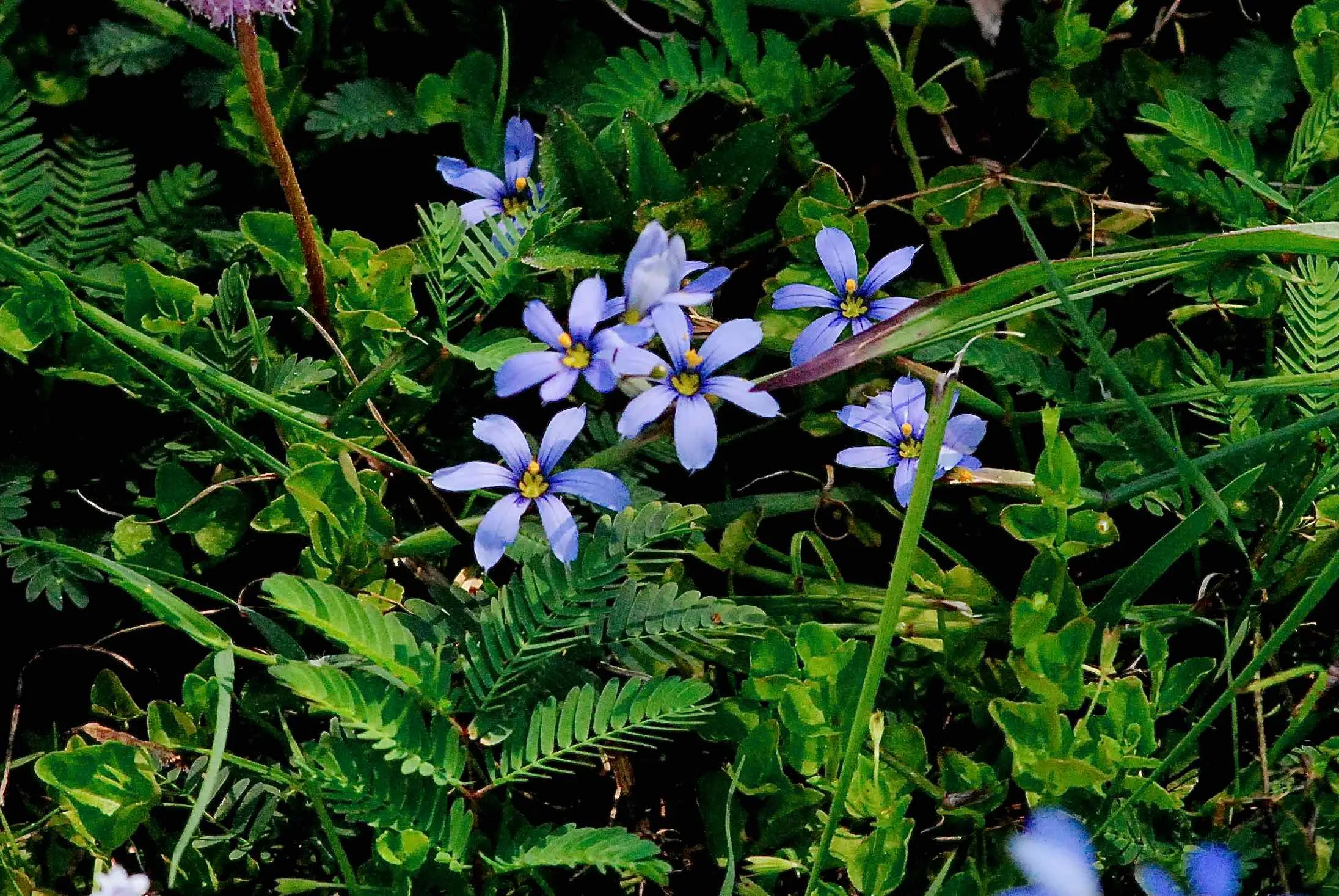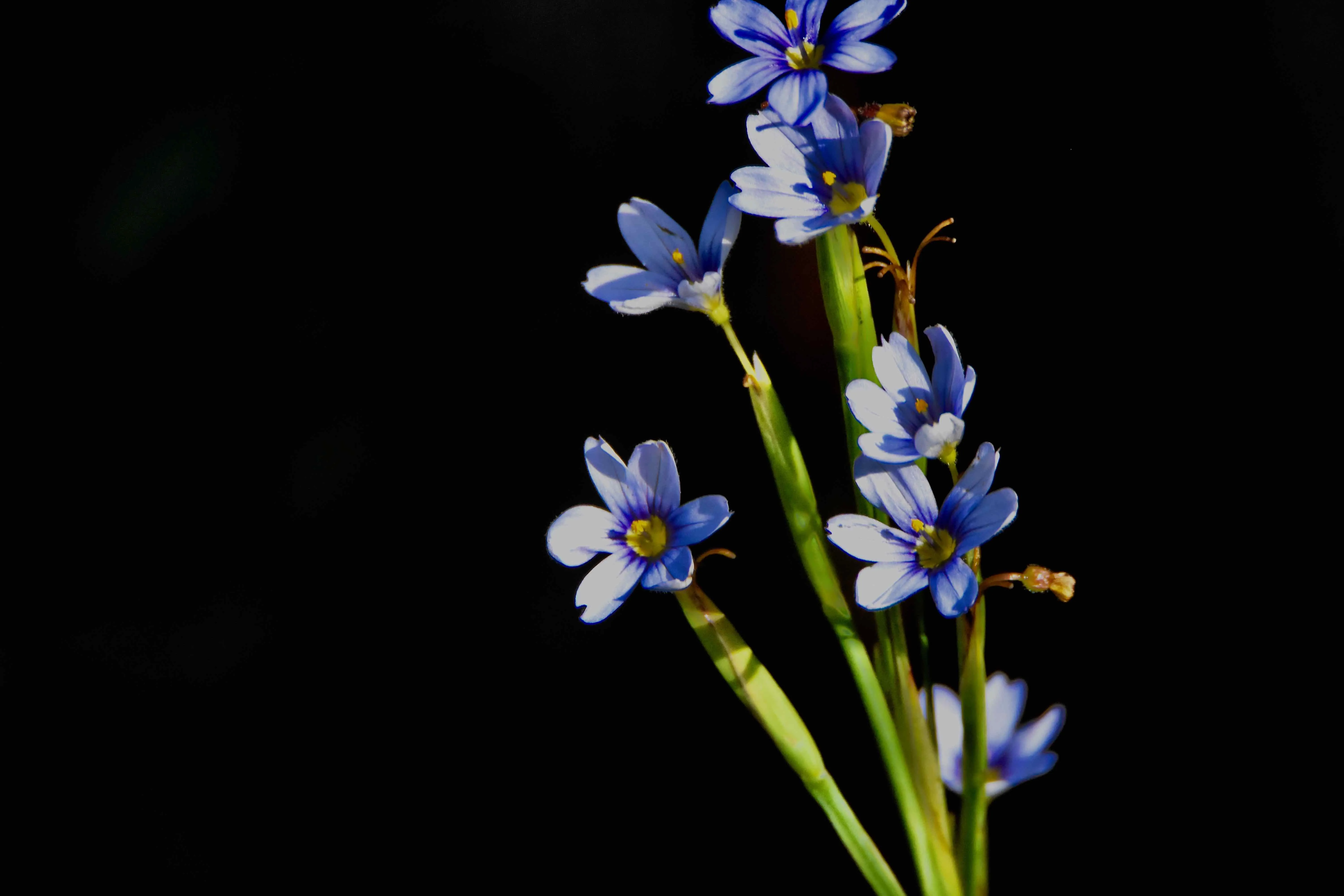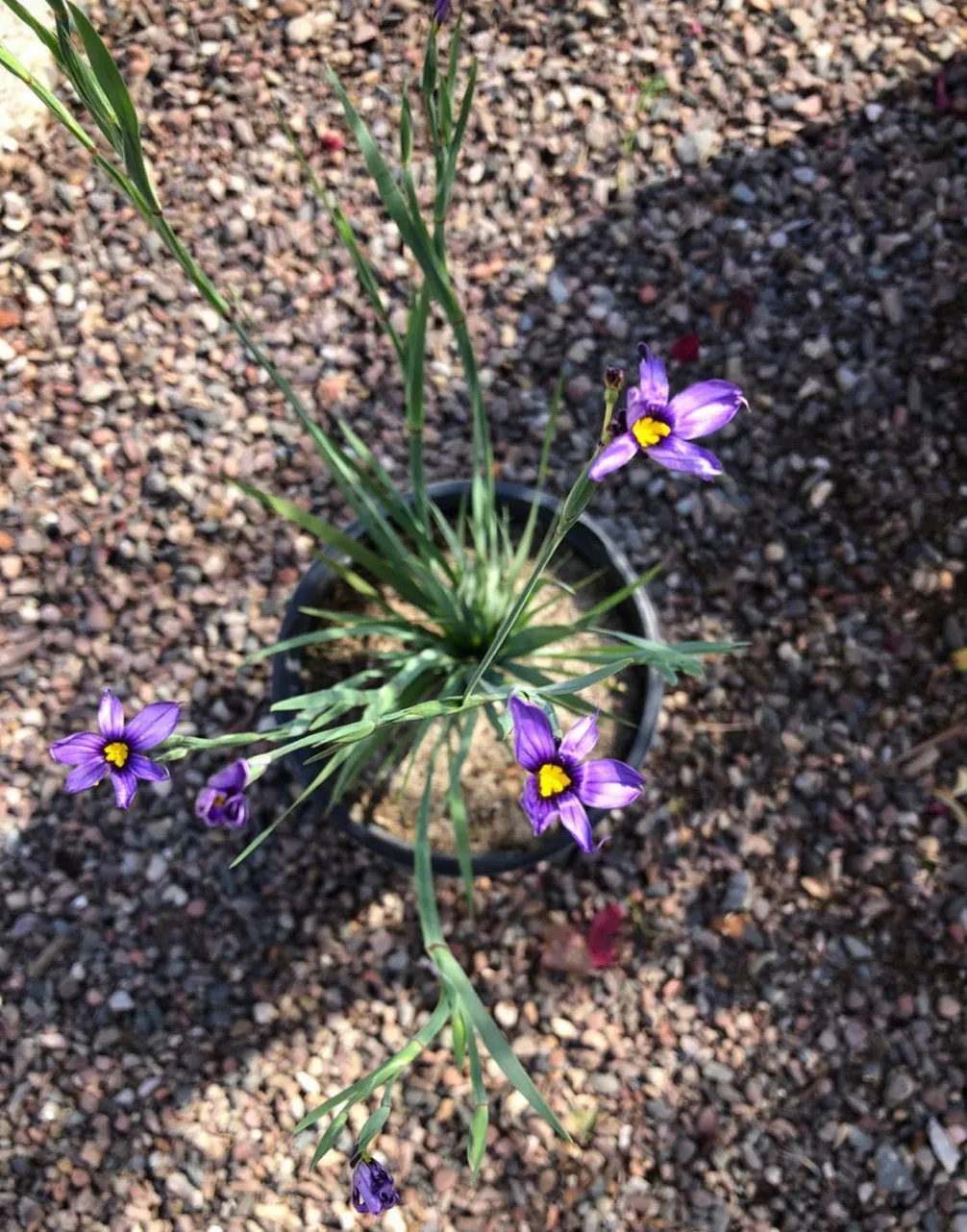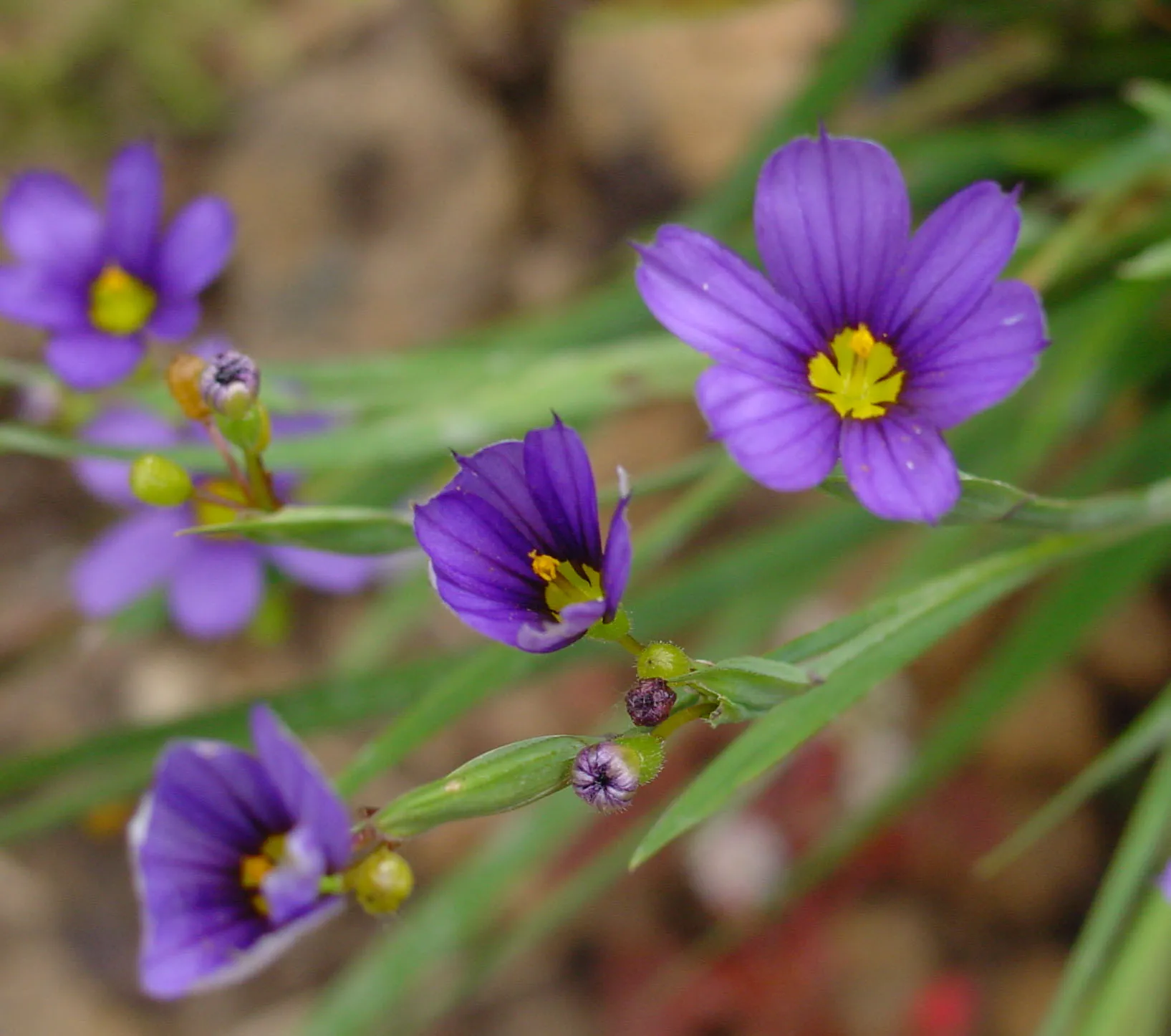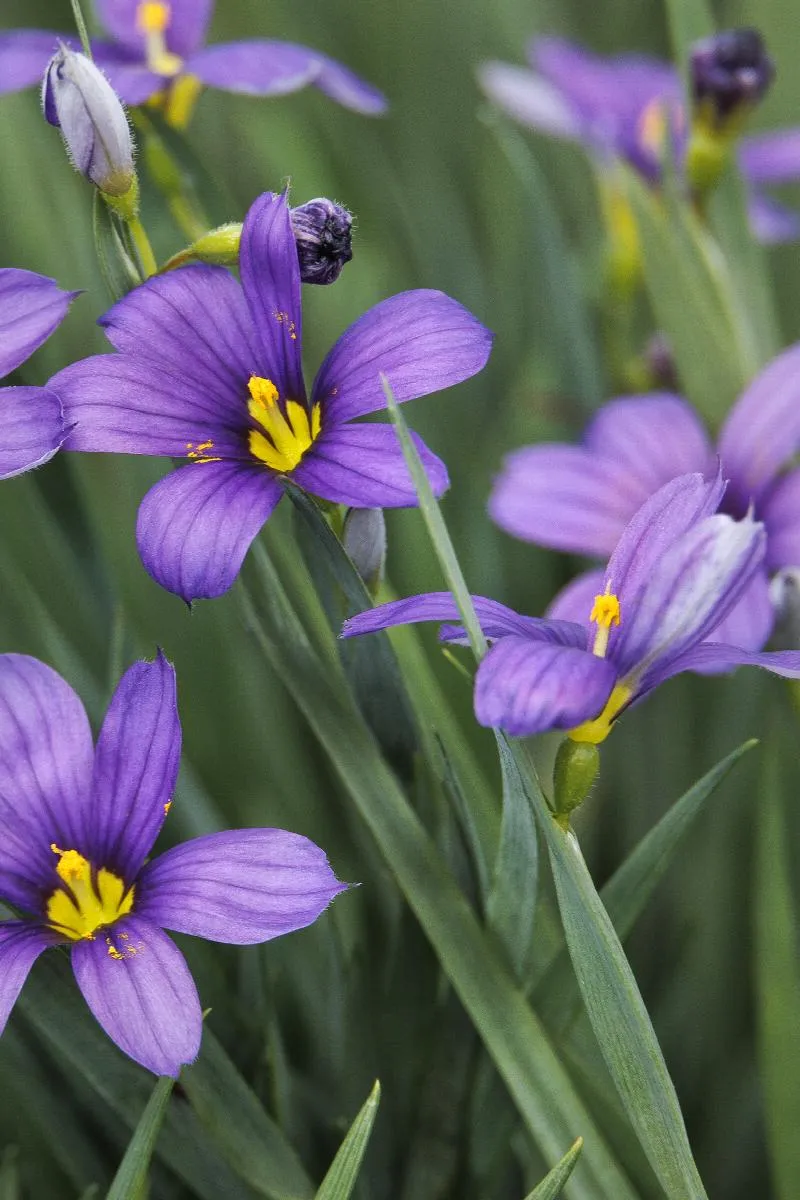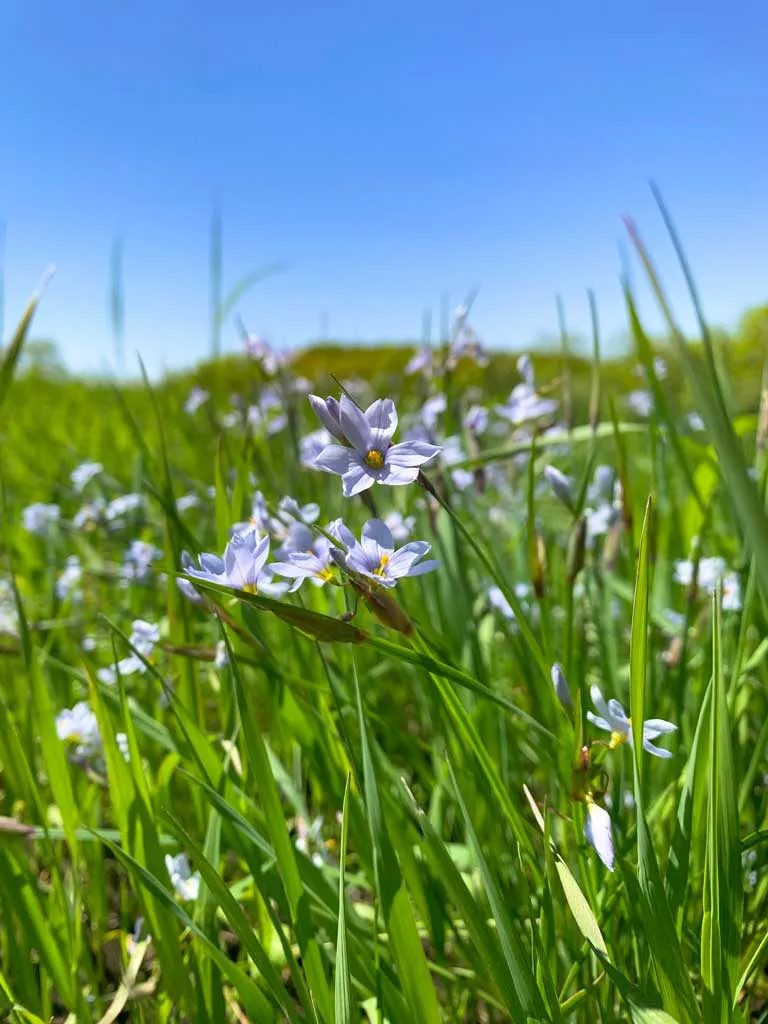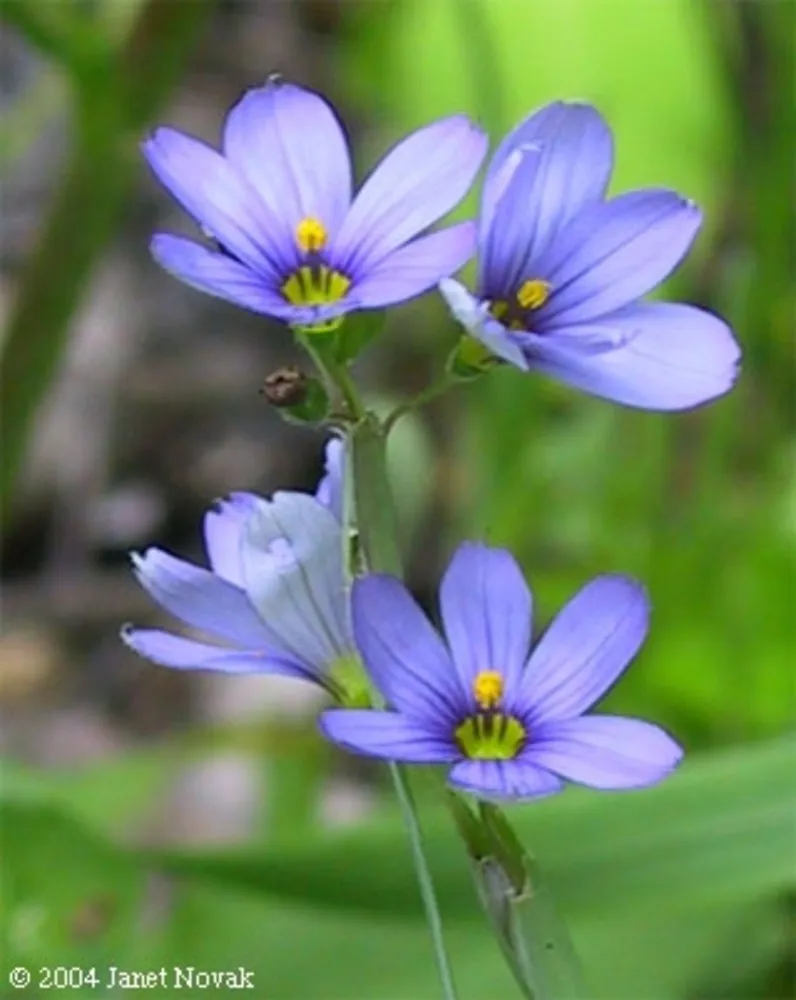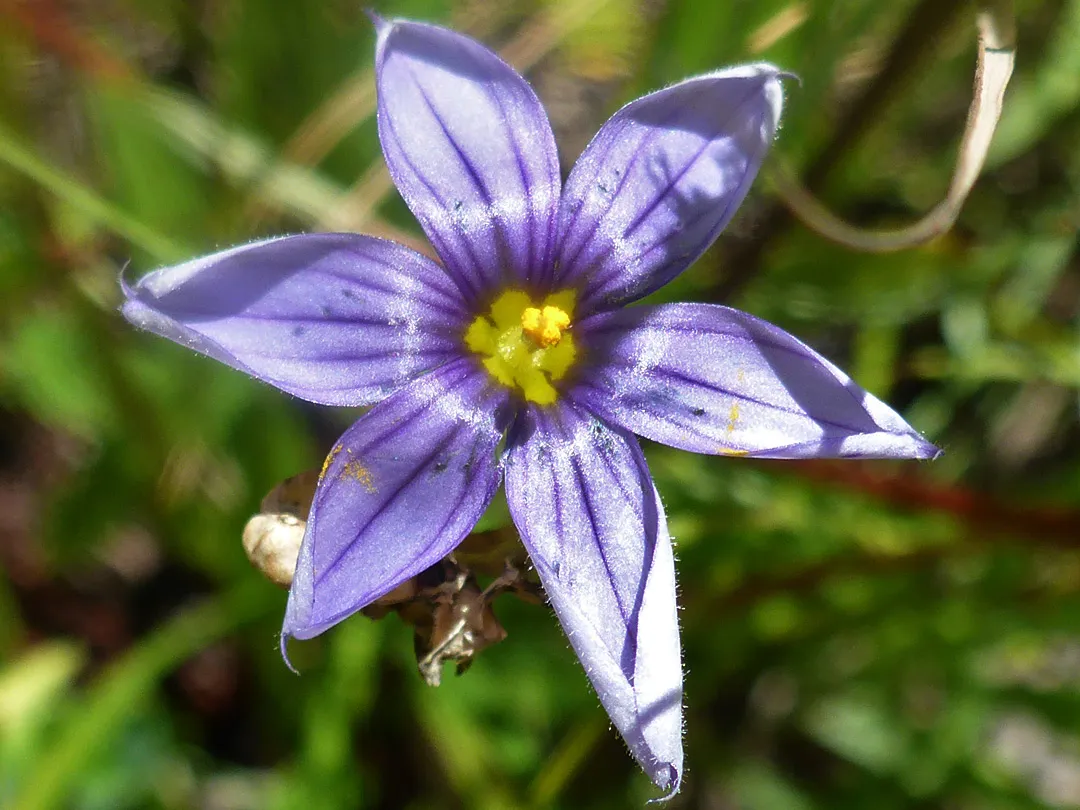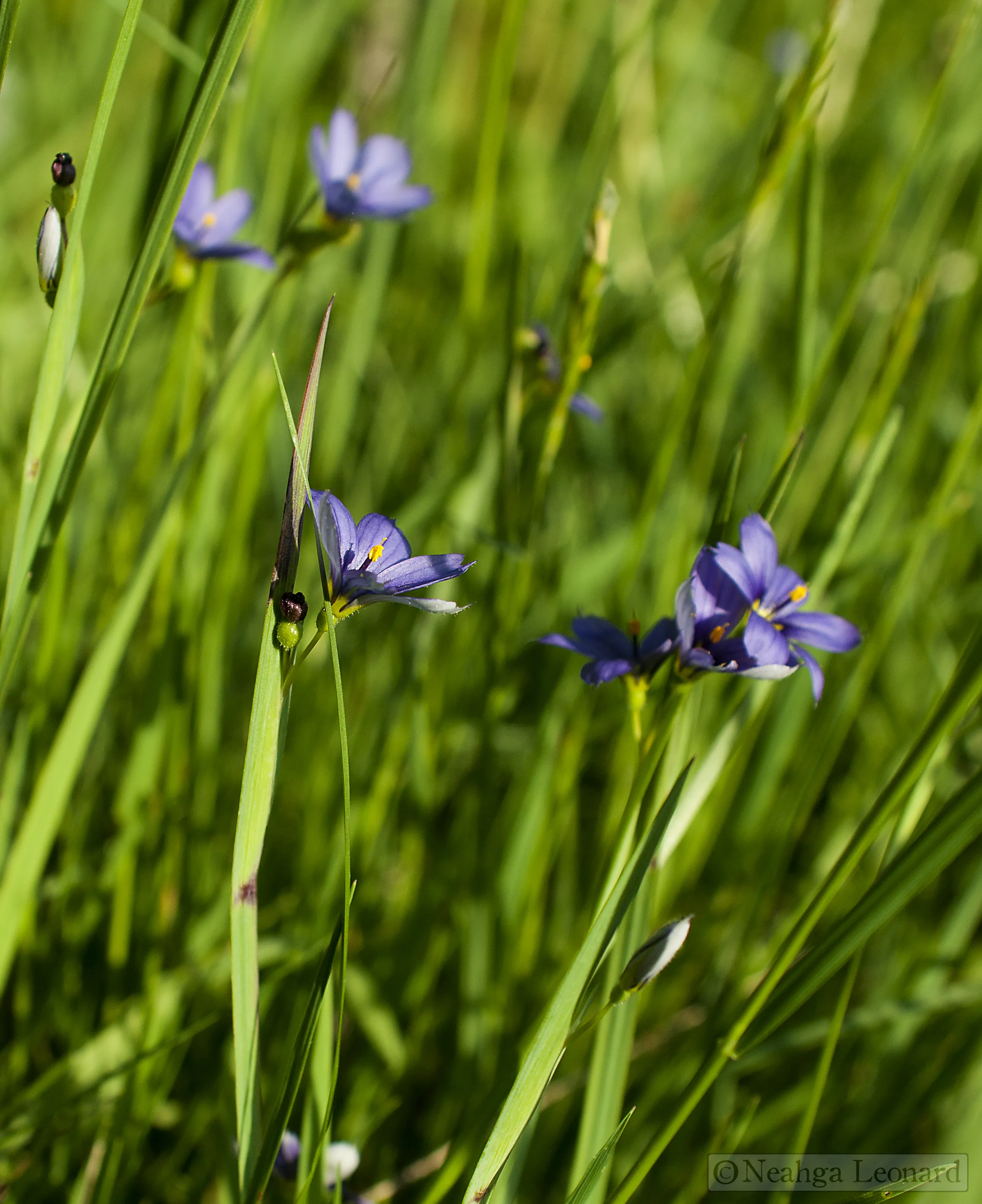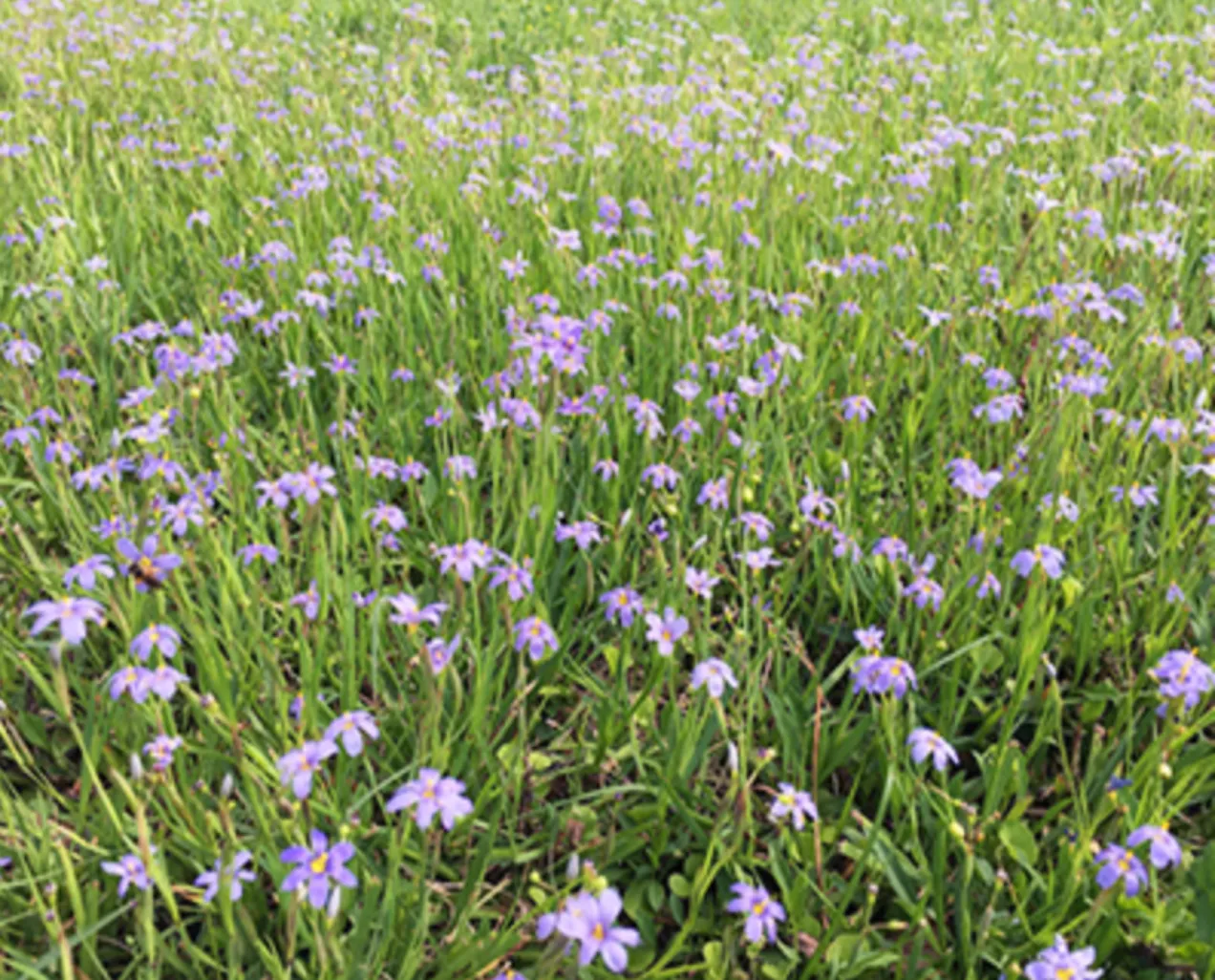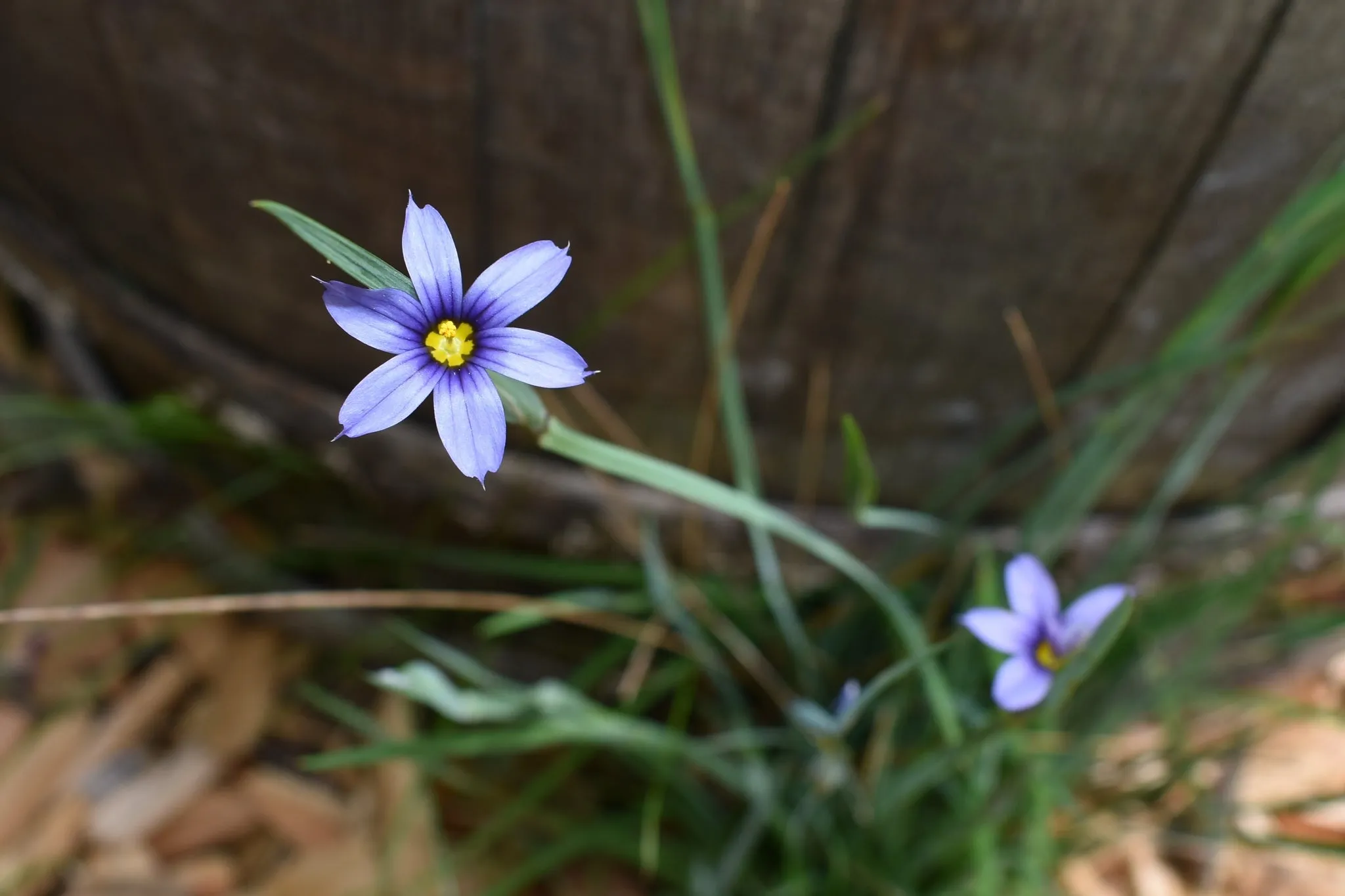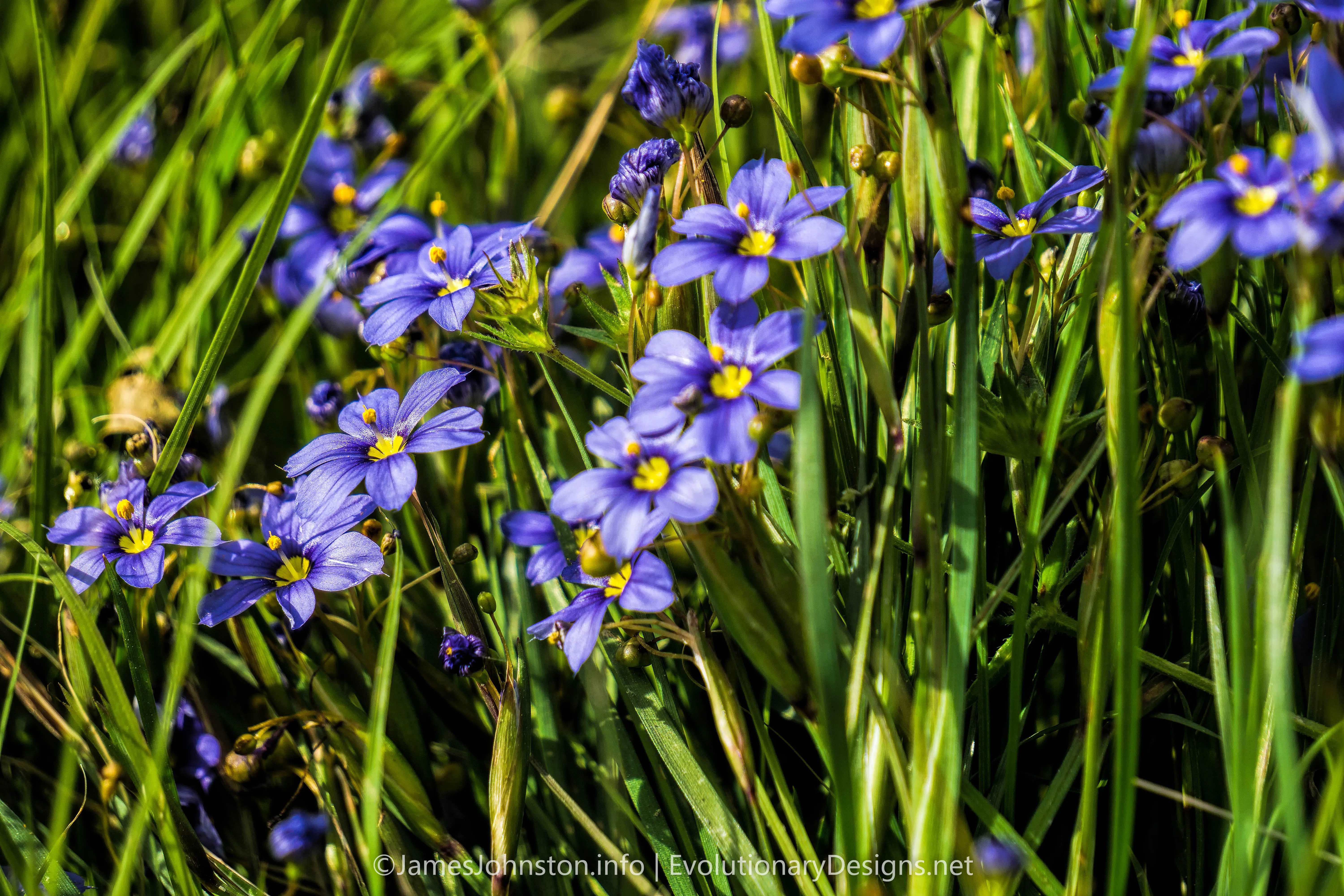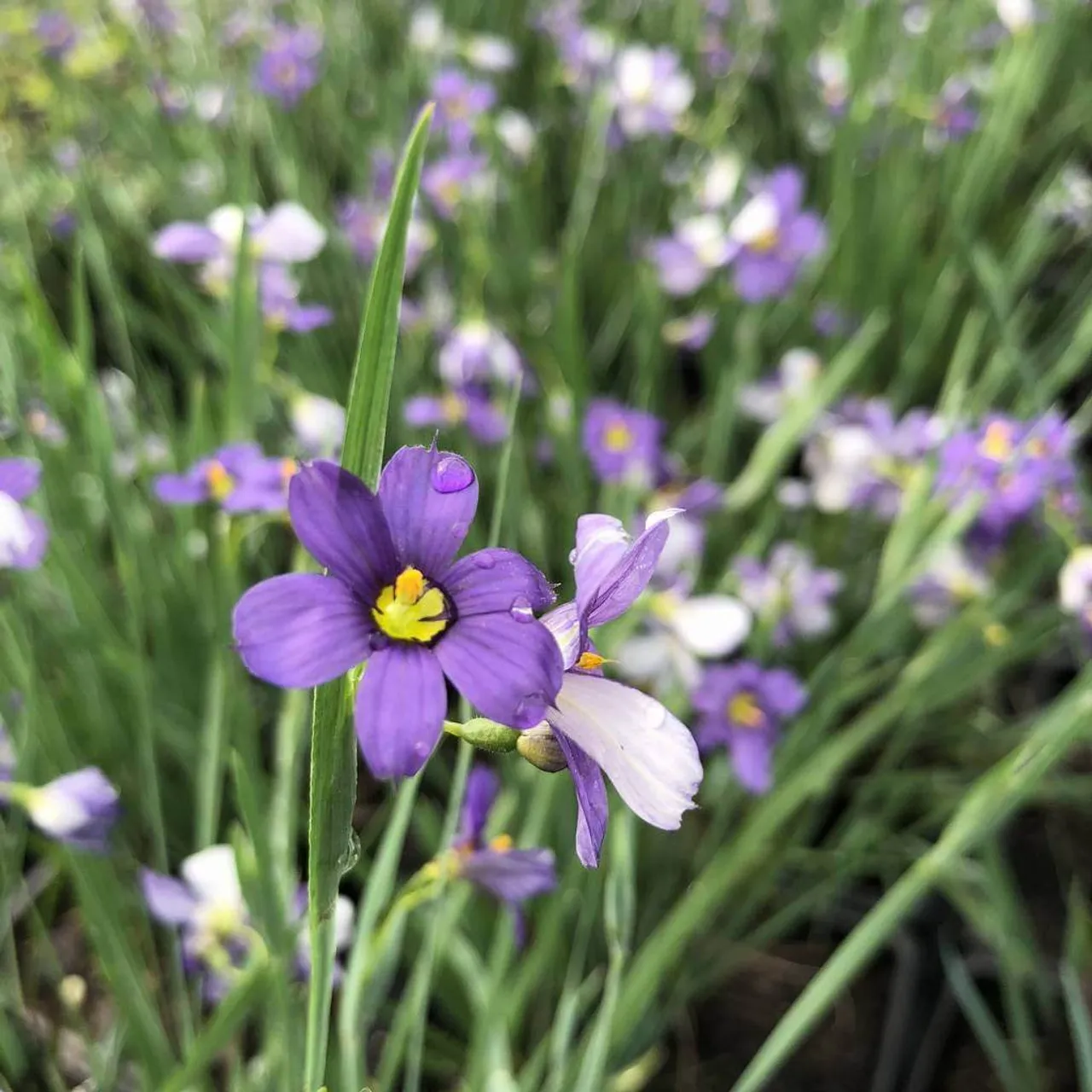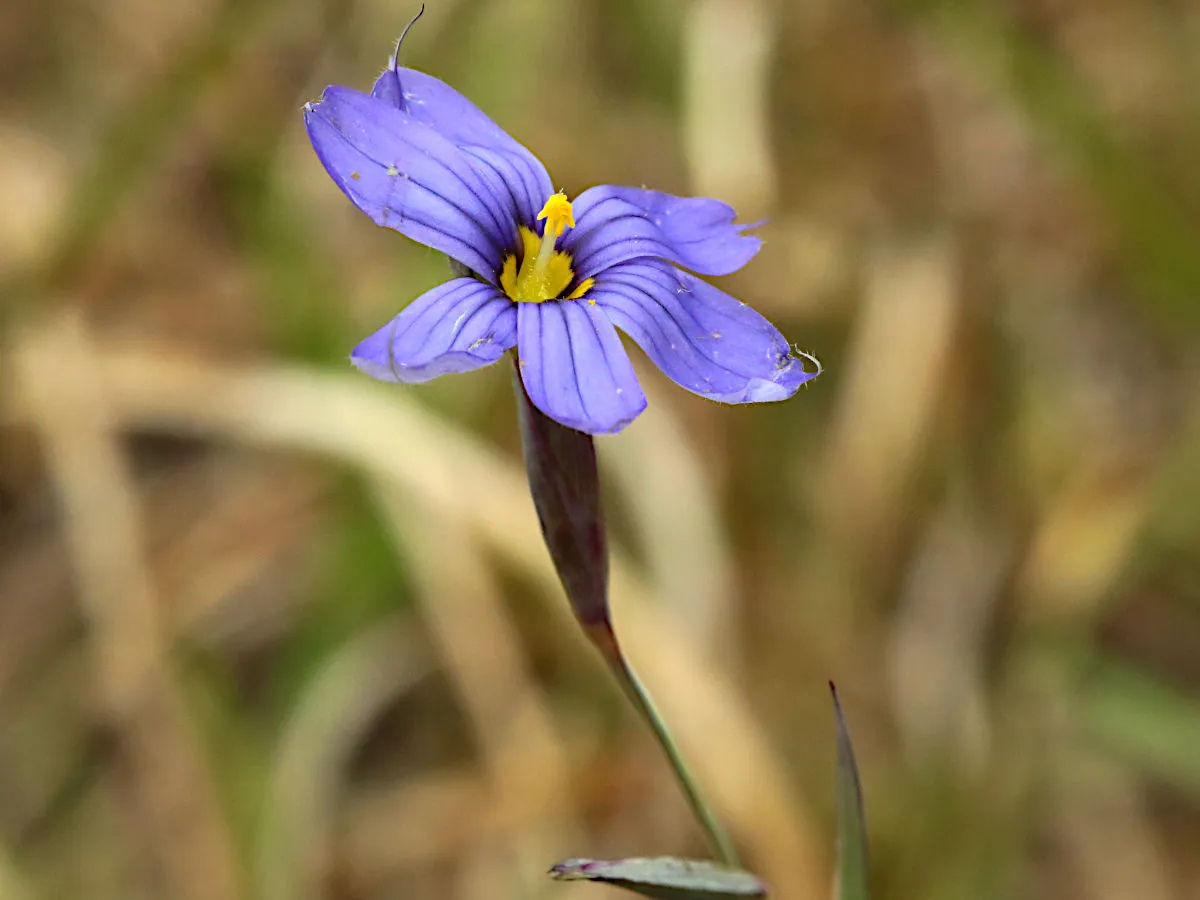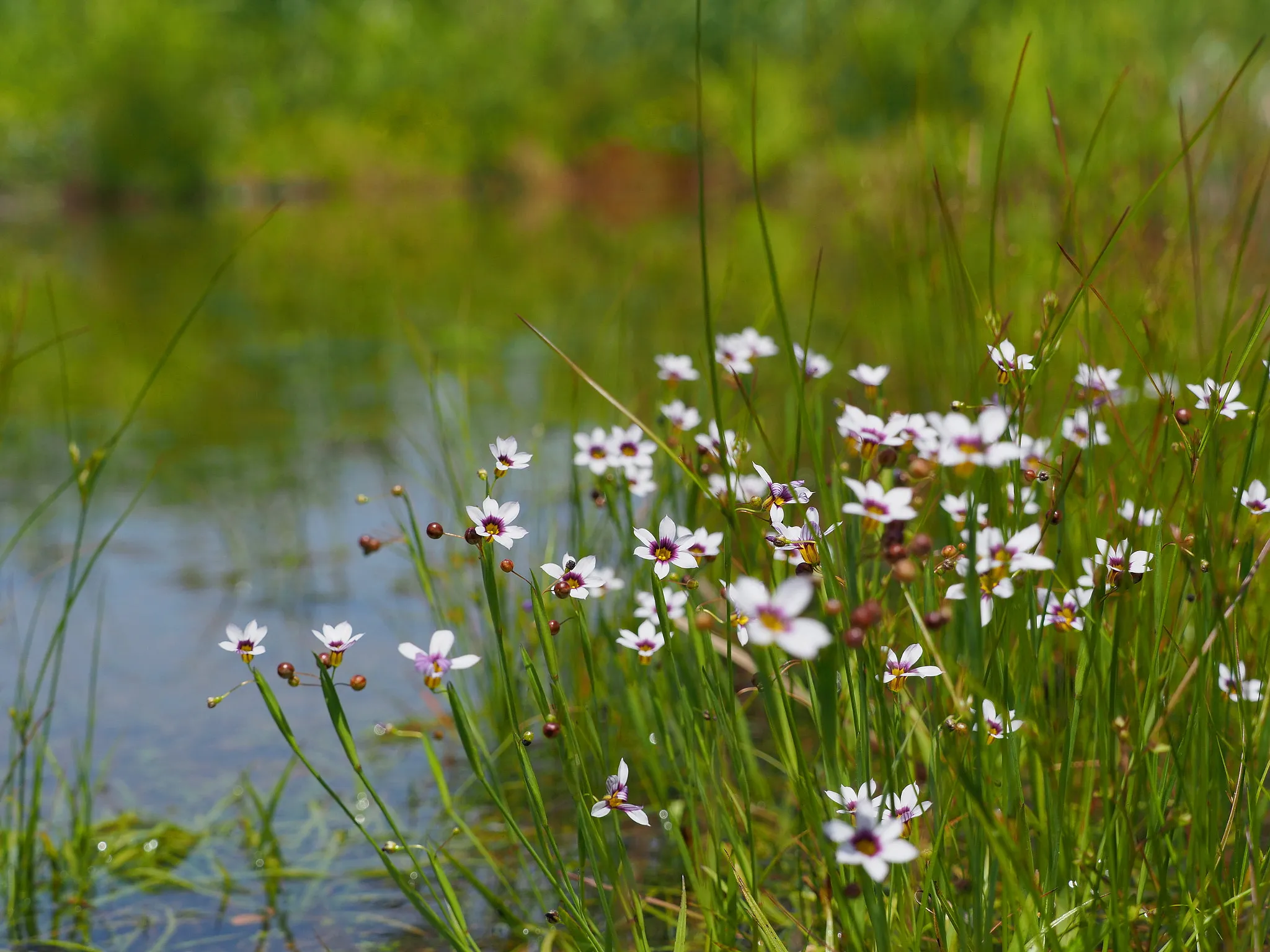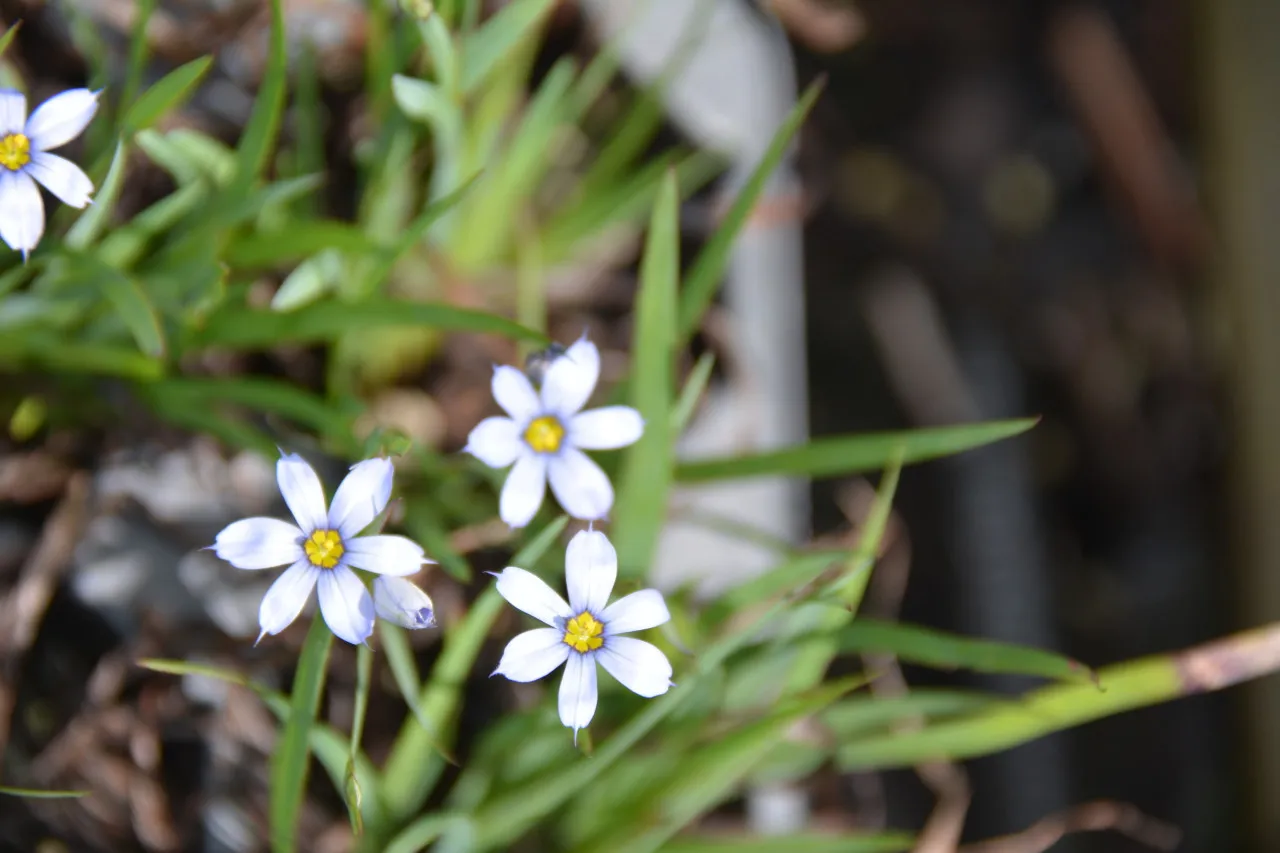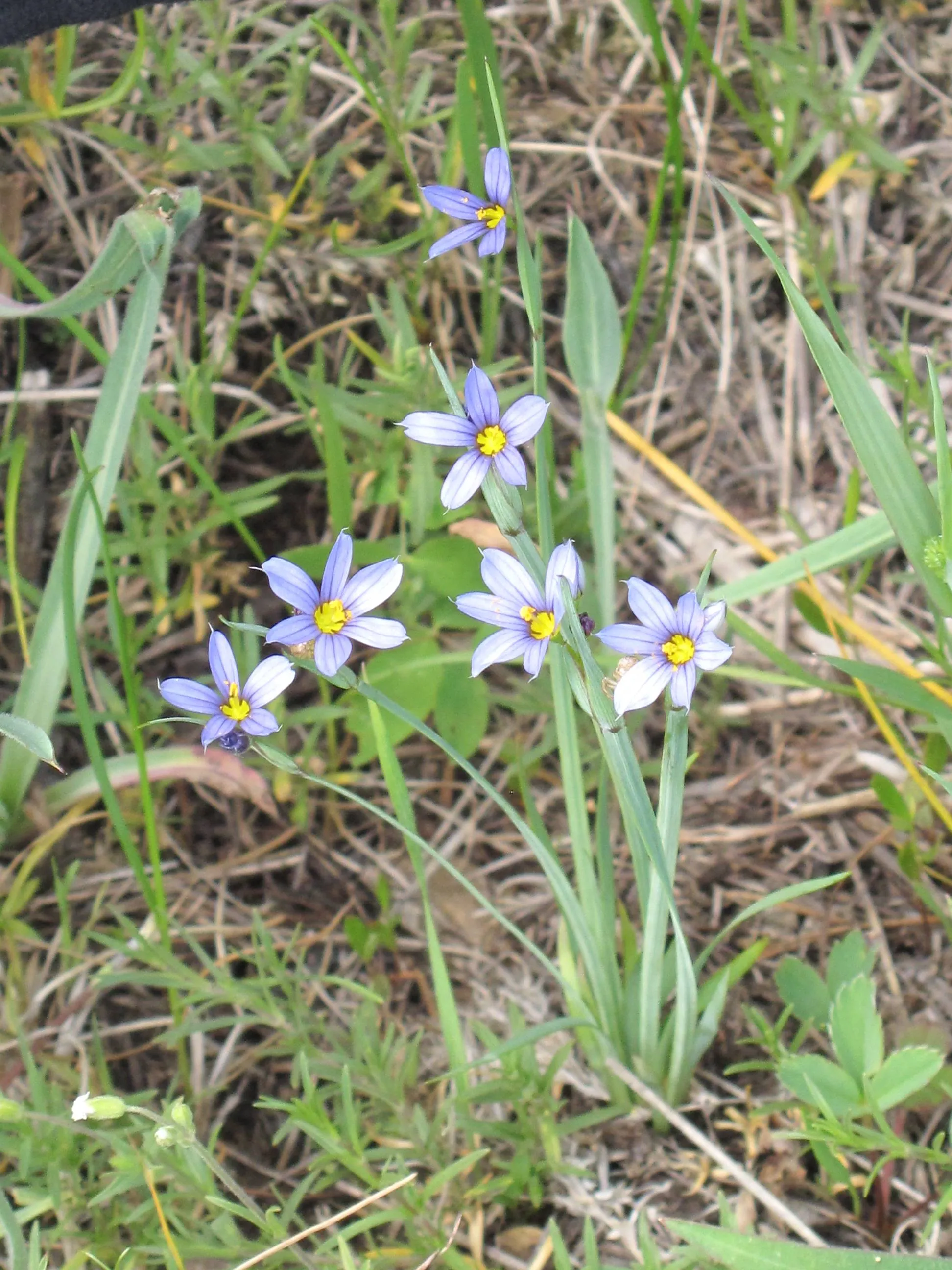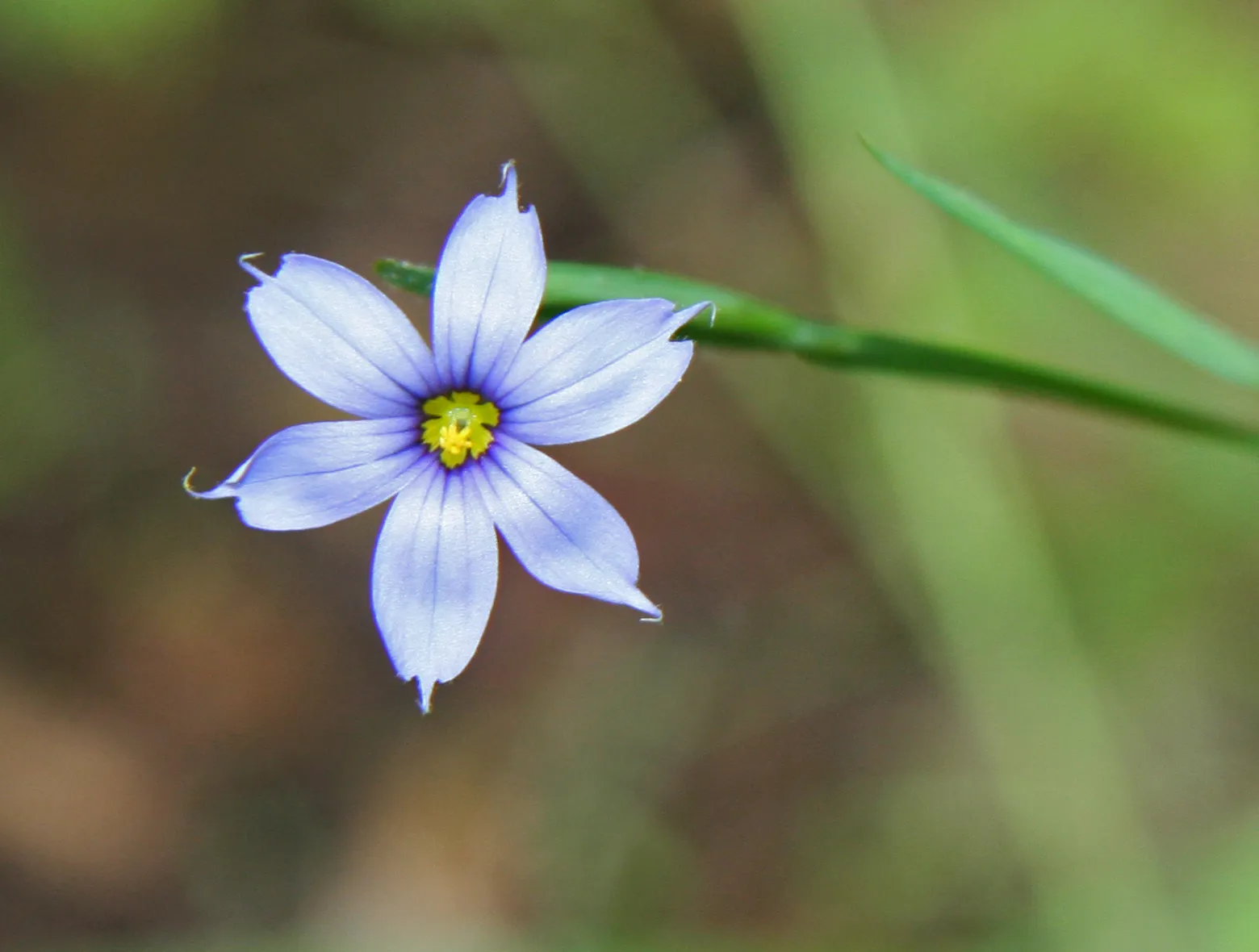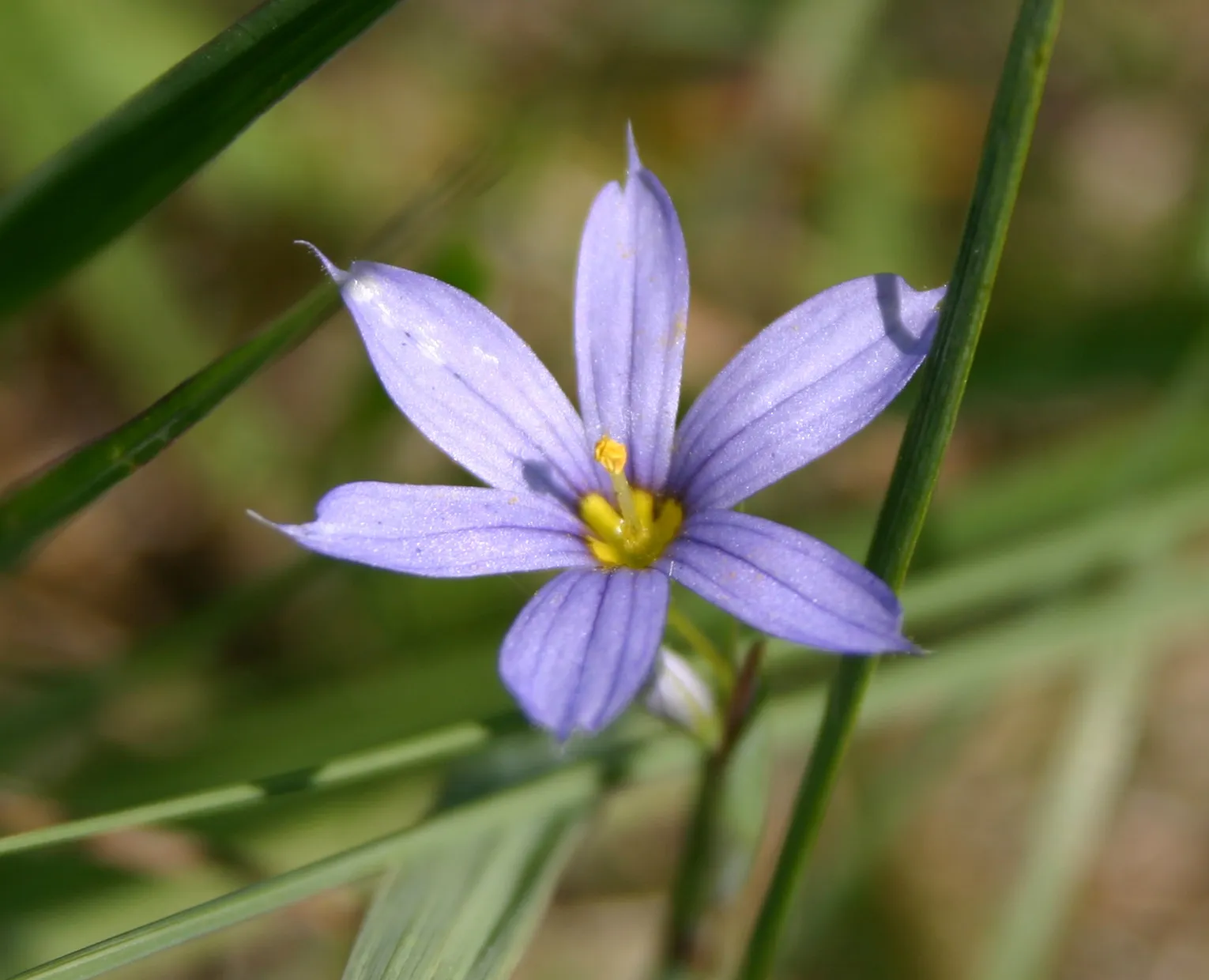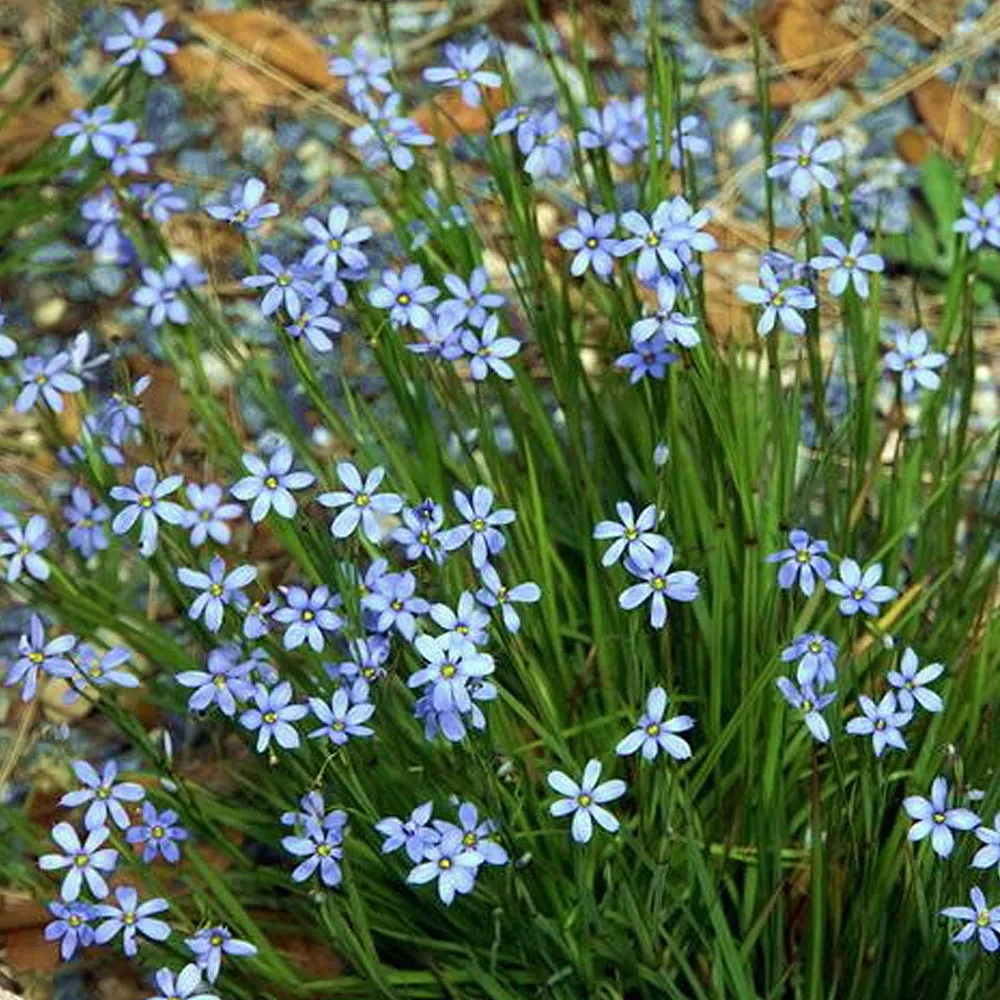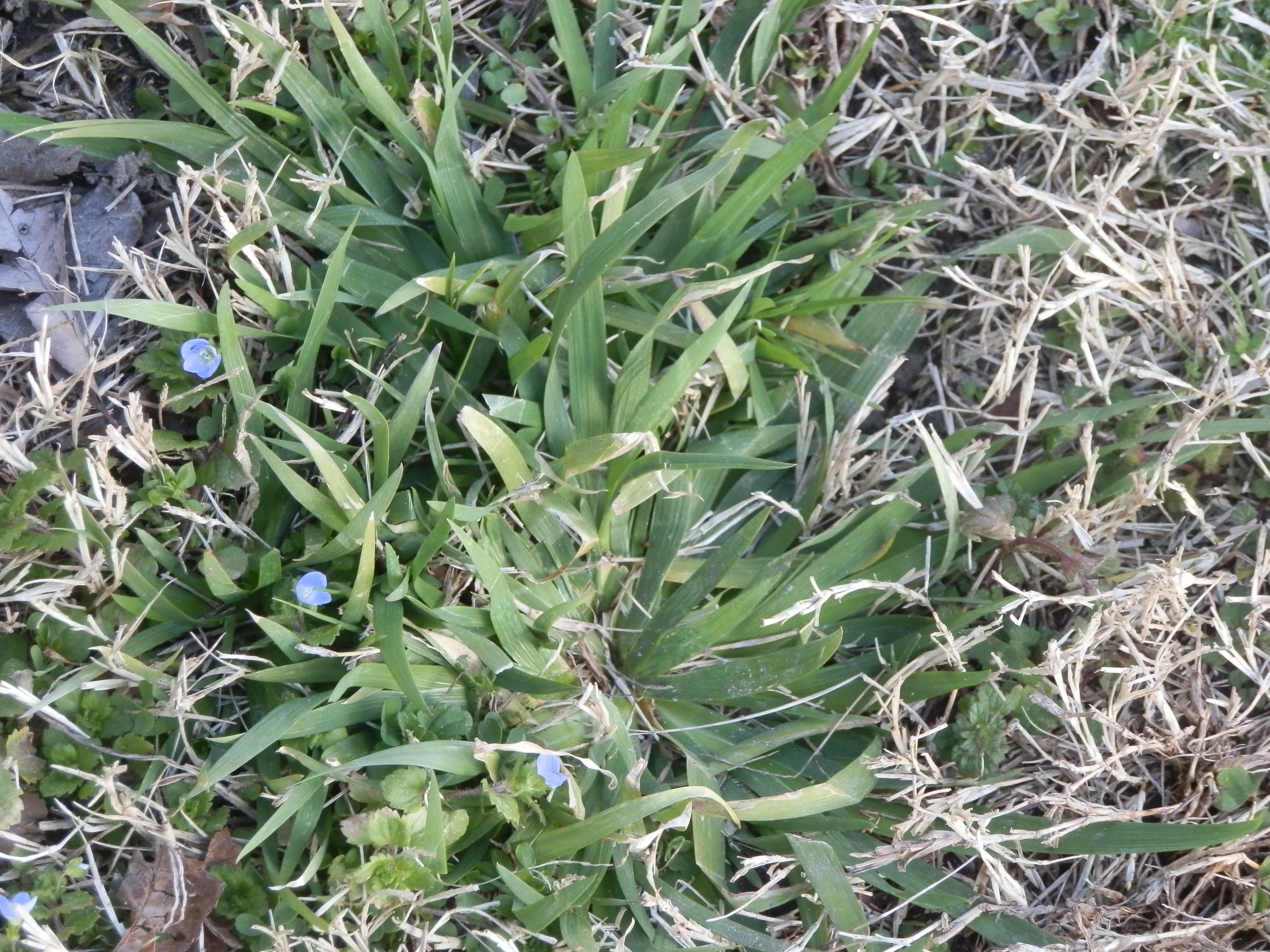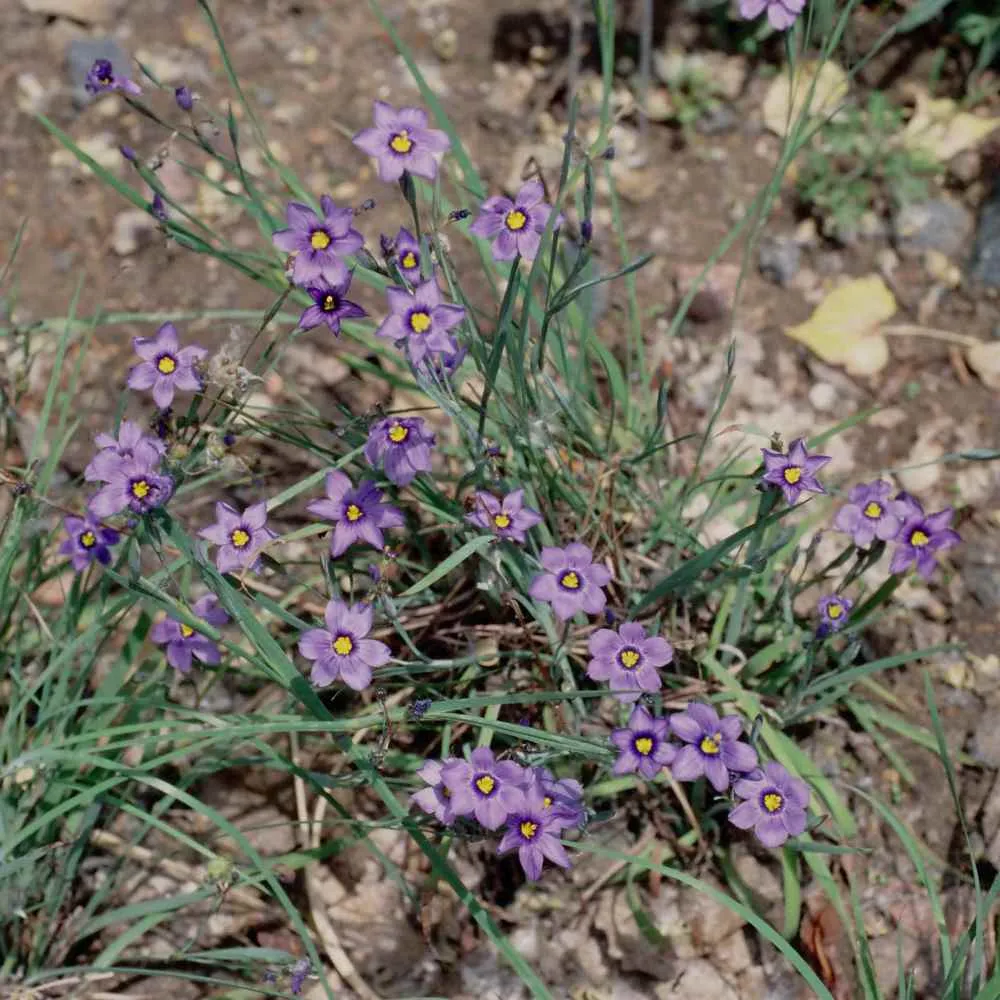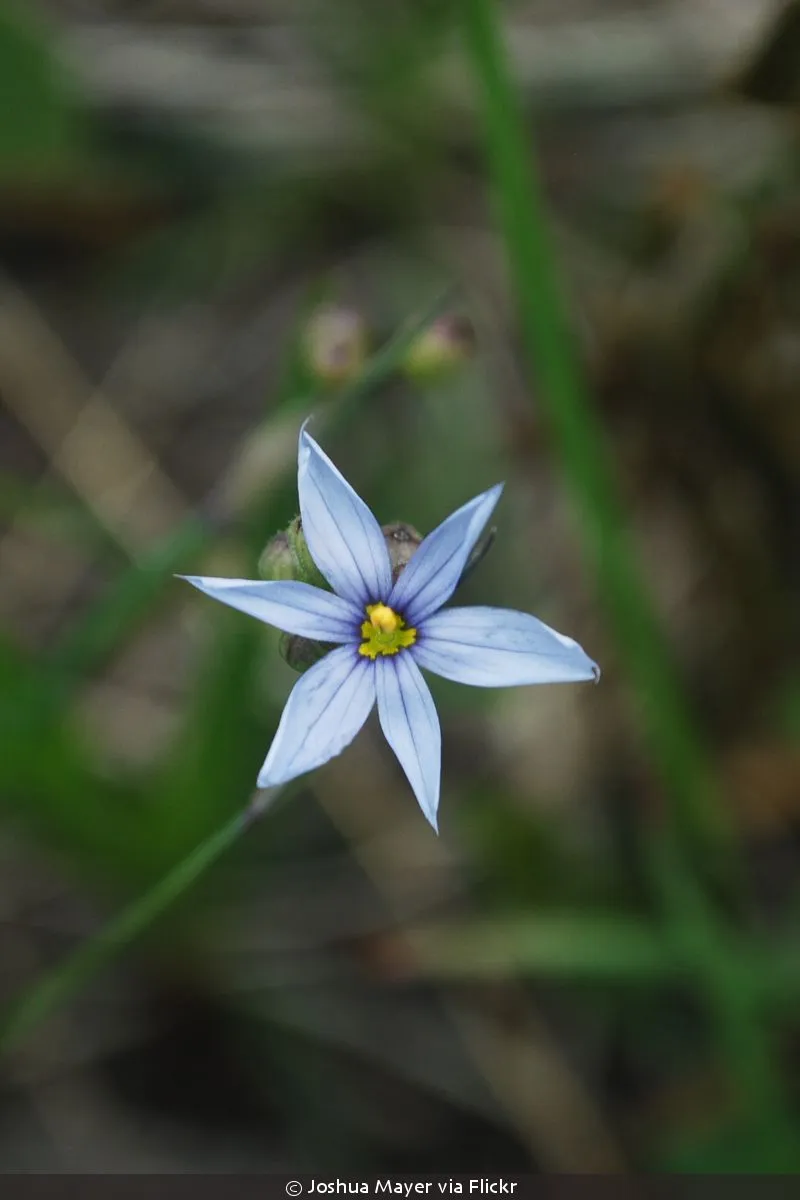Blue-Eyed Grass: A Delicate Beauty of the Flower World
Flowers are one of the most beautiful creations of nature. They come in different shapes, sizes, and colors, each with its unique charm and personality. Among the vast variety of flowers that exist, blue-eyed grass stands out as a delicate beauty that captivates the hearts of many. In this article, we will explore the fascinating world of blue-eyed grass, its characteristics, uses, and interesting facts.
What is Blue-Eyed Grass?
Blue-eyed grass, also known as Sisyrinchium bellum, is a small perennial wildflower that belongs to the iris family. It is native to North America, particularly the western United States, and can be found growing in meadows, fields, and open woodlands. The plant grows up to 1 foot tall and has narrow, grass-like leaves that are about 6-8 inches long. The leaves are bluish-green and form a basal rosette around the stem. The most distinctive feature of blue-eyed grass is its flowers. The plant produces clusters of small, star-shaped flowers that are about 1 inch in diameter. The flowers have six petals, which are usually blue or purple, with a yellow center that resembles an eye. The flowers bloom in the spring and summer, attracting bees, butterflies, and other pollinators.
Uses of Blue-Eyed Grass
Blue-eyed grass has several uses, both practical and ornamental. Here are some of the most common ones: - Ornamental: Blue-eyed grass is a popular ornamental plant that is grown in gardens and landscapes. It adds a touch of natural beauty to any setting, and its delicate flowers are a favorite among gardeners. The plant is also used in floral arrangements and bouquets, where it adds a unique texture and color. - Medicinal: Blue-eyed grass has been used in traditional medicine to treat various ailments, such as headaches, fever, and digestive problems. It is believed to have anti-inflammatory, diuretic, and sedative properties, although scientific research is limited. - Culinary: Blue-eyed grass is not commonly used as a food source, but some Native American tribes have used the plant as a seasoning for soups and stews.
Interesting Facts about Blue-Eyed Grass
Blue-eyed grass has some fascinating facts that make it a unique and intriguing plant. Here are some of them: - Not a grass: Despite its name, blue-eyed grass is not a grass at all. It is a member of the iris family, which includes other popular flowers like tulips and daffodils. - Short-lived flowers: The flowers of blue-eyed grass only last for a day or two, making them a fleeting beauty in the plant world. - Symbolic meaning: Blue-eyed grass is often associated with innocence, purity, and new beginnings. It is a popular flower in wedding bouquets and represents the start of a new chapter in life. - Adaptable plant: Blue-eyed grass can grow in a wide range of soil types, from sandy to clayey. It is also tolerant of drought and can survive in areas with low rainfall.
How to Grow Blue-Eyed Grass
If you want to grow blue-eyed grass in your garden, here are some tips to get you started: - Choose the right location: Blue-eyed grass prefers well-drained soil and full sun to partial shade. It can grow in a variety of soil types but thrives in rich, loamy soil. - Plant the seeds: Blue-eyed grass can be grown from seed or by dividing the clumps of the plant. Sow the seeds in the fall or early spring, about 1/8 inch deep, and cover lightly with soil. - Water regularly: Blue-eyed grass needs regular watering, especially during the first few weeks after planting. Once established, it can tolerate some drought. - Fertilize sparingly: Blue-eyed grass does not require much fertilizer. A light application of a balanced fertilizer in the spring is enough to keep the plant healthy.
Conclusion
Blue-eyed grass is a delicate beauty that adds a touch of natural charm to any setting. Its striking blue or purple flowers, yellow centers, and grass-like leaves make it a unique and fascinating plant. Whether grown in gardens, used in floral arrangements, or admired in the wild, blue-eyed grass is a true gem of the flower world.
Frequently asked questions about Blue-eyed grass wallpapers
Q: What is Blue-eyed grass?
Blue-eyed grass is a type of flowering plant that belongs to the family of Iris. It is native to North America and is known for its blue, star-shaped flowers that bloom in the spring.
Q: What type of pictures of Blue-eyed grass are available on the website?
Our website offers a collection of 69 high-quality pictures of Blue-eyed grass in the "Flowers" category. The pictures are available in different file types such as .jpg, .png, and .webp.
Q: Are the pictures available for free download?
Yes, all the pictures of Blue-eyed grass on our website are available for free download.
Q: Can I choose different sizes for the pictures?
Yes, you can choose different sizes for the pictures. We offer a variety of sizes to choose from based on the width and height of the image. Additionally, our website is designed to automatically detect the visitor's mobile screen size and choose the right size for them.
Q: Can I use the pictures for commercial purposes?
Our website offers pictures of Blue-eyed grass for personal use only. If you want to use the pictures for commercial purposes, please contact us for permission.
Q: Can I modify the pictures before using them?
Yes, you can modify the pictures to suit your needs. However, we request that you credit our website as the source of the original image.
Q: Do I need to create an account to download the pictures?
No, you do not need to create an account to download the pictures. Our website offers free and easy access to all the pictures of Blue-eyed grass.
Q: How can I download the pictures?
To download the pictures, simply click on the download button below the image. You can choose the file type and size of the image before downloading it.
Q: Can I share the pictures on social media?
Yes, you can share the pictures on social media. We encourage you to share the pictures with your friends and family, but we request that you credit our website as the source of the original image.
Q: What if I can't find the picture I need?
If you can't find the picture you need, please contact us and let us know what you are looking for. We will do our best to add the picture to our collection.



